Museo Gahoe (가회민화박물관)
.0M 2025-10-31
Bukchon-ro 52, Jongno-gu, Seúl.
El Museo Gahoe fue inaugurado en el año 2002 y expone pinturas populares, amuletos, etc., que muestran la vida y la aspiración que tenían los coreanos en la antigüedad. Se cuentan 250 pinturas populares, 750 talismanes, 150 tomos de libros antiguos, 200 dibujos de dioses, 250 materiales folclóricos, entre otros, que hacen un total de 1.700 piezas en exposición.
En el interior del área dedicada a las casas tradicionales hanok se puede conocer y explorar la vida de las personas en el pasado histórico, pinturas populares, dibujos que reflejan la religión y los mitos tradicionales, tejas con las imágenes de personas o espíritus, etc. Además, en los biombos decorados con talismanes, se puede echar un vistazo al esfuerzo que hacían los antepasados para superar las dificultades.
Taller de Nudos Tradicionales Dongnim (동림매듭공방)
48.9M 2021-08-19
Bukchon-ro 12-gil 10, Jongno-gu, Seúl.
Inaugurado en abril del 2004, el Taller de Nudos Tradicionales Dongnim expone todo tipo de accesorios decorados con nudos y también los materiales con los que se elaboran. El edificio del estudio es una casa tradicional hanok, y tiene en exposición reliquias antiguas, piezas reproducidas, nuevas elaboraciones creativas y fusionadas al estilo moderno, etc. También se realizan programas académicos llevados a cabo por discípulos cualificados del propietario Shim Young-mi.
Residencia Baek In-je (백인제가옥)
153.8M 2025-04-18
Bukchon-ro 7-gil 16, Jongno-gu, Seúl
La Residencia Baek In-je está situada en Gahoe-dong. Este edificio conserva el estilo moderno de hanok diseñado durante la colonización japonesa. En un terreno amplia de 2.460 ㎡, la vivienda cuenta con habitaciones y jardines alrededor del salón principal. También hay un pequeño espacio separado para el descanso. La casa mantiene la belleza tradicional del propio hanok con remodelaciones. Así, es una de las representaciones arquitectónicas más conocidas del barrio de Bukchon, junto con la Residencia Yoon Bo-seon.
Diversas características destacan la casa construida en pino negral, presentado por primera vez en Seúl durante la Exposición de Gyeongseong en 1907. Por ejemplo, la Residencia Baek In-je está compuesta por un pasillo que une el salón y las habitaciones, lo que es peculiar en comparación con el hanok clásico. Por otro lado, el pasillo al estilo japonés, la habitación con esteras, el empleo de ladrillos rojos y ventanas de cristal reflejan el paisaje de la época. Asimismo, el salón suele ser de un piso, pero está dividido en dos plantas en esta construcción. Siendo un patrimonio cultural, este lugar agrupa toda la hermosura de hanok, permitiendo contemplar del jardín al salón, del patio al interior de la casa y del trasero del inmueble separado.
Dialogue in the Dark (Sucursal de Bukchon) (어둠속의대화 북촌점)
212.7M 2025-05-12
Gahoe-dong, Jongno-gu, Seúl
Biblioteca Jeongdok (서울특별시교육청 정독도서관)
259.5M 2021-08-05
Bukchon-ro 5-gil 48, Jongno-gu, Seúl
+82-2-2011-5799
La biblioteca fue fundada en el año 1977 en el antiguo Colegio Secundario Gyeonggi, ubicado en Bukchon de Jongno-gu, Seúl. Conserva aproximadamente 490.000 libros, 16.300 materiales no textuales, etc., y, en el edificio anexo podrá encontrarse con más de 12.000 materiales académicos. Su finalidad es contribuir en la educación y en el desarrollo cultural, ofreciendo información actualizada, fuentes de estudio y cultural a los ciudadanos de Seúl. Más allá de ofrecer el servicio de alquiler de textos y funcionar como un espacio de lectura, también realiza variedad de programas culturales; encuentro con autores, exposición fotográfica, club de lectura, teatro de marionetas, concierto musical, espectáculo de danzas, etc. La otra gran diversión de la biblioteca es la función de películas.
The Place Seoul (traditional Korean-style guesthouse) (복합한옥공간 곳)
272.1M 2025-06-02
52-11, Gyedong-gil, Jongno-gu, Seoul
The Place Seoul in Gye-dong, Jongno-gu, Seoul, is a meeting place of traditional and modern Korea. It has a yard with a beautiful 80 year-old dogwood tree, and a small garden in which guests can enjoy the passage of the seasons. The Place Seoul is an environment-friendly place which uses eco-friendly consumables such as toilet paper and shampoo. Breakfast is simple and healthy. There are many good cafes in nearby Bukchon, and local tourist attractions include the National Palace Museum of Korea and the National Museum of Modern and Contemporary Art.
Aldea Tradicional de Bukchon (북촌한옥마을)
279.0M 2025-04-02
Gyedong-gil 37, Jongno-gu, Seúl
Bukchon era la aldea de la clase noble en la antigüedad. Todas las casas tradicionales de la clase alta siguen preservándose hasta el momento, conservando sus estilos arquitectónicos. Solo había unas treinta casas en la antigüedad, pero la zona se desarrolló tras la Guerra de Corea. La Aldea Tradicional de Bukchon es una zona de viviendas tradicionales, que ha compartido los 600 años de historia con los palacios que se encuentran en sus cercanías, como Gyeongbokgung y Changdeokgung, y el Santuario de la Realeza Jongmyo. Las calles del barrio son estrechas y curvadas como ramas de árboles, lo cual demuestra el paisaje urbano, típico del lugar. Hoy en día, estos lugares transmiten indirectamente un ambiente de la época de Joseon, mediante restaurantes de comida coreana, centros culturales, etc. El nombre de la aldea, Bukchon, en el que buk significa "norte" y chon significa "aldea"), fue acuñado por estar ubicado al norte del arroyo Cheonggyecheon y de Jongno. Está formada por las calles Wonseo-dong, Jae-dong, Gye-dong, Gahoe-dong e Insa-dong, y en tiempos antiguos residían allí los altos funcionarios o los miembros de la realeza.
Horario de acceso a la Red Zone (alrededores de la calle Bukchon-ro 11-gil, unos 34.000 ㎡):
- Horario de acceso prohibido: Desde las 17:00 hasta las 10:00 del día siguiente.
- En caso de infracción por acceso en horario prohibido, se impondrá una multa de 100.000 wones.
- Vigencia: A partir del 01/03/2025.
Centro Cultural de Bukchon (북촌문화센터)
282.0M 2024-12-27
Gyedong-gil 37, Jongno-gu, Seúl.
Ocho Vistas Panorámicas de Bukchon (북촌 8경)
282.0M 2024-12-03
Gyedong-gil 37, Jongno-gu, Seúl
+82-2-2148-4161
Bukchon, traducido literalmente como "Aldea del Norte", se refiere al vecindario ubicado al norte del arroyo Cheonggyecheon y el área de Jongno. La zona al sur de Jongno, que hoy en día es Namsan, fue llamada como Namchon, que significa "Aldea del Sur". La Aldea de Bukchon fue habitada principalmente por familiares de familias reales y poderosas autoridades, mientras que la Aldea de Namchon fue utilizada por funcionarios del gobierno de clase media durante el período Joseon. Ahora conocida como Aldea Tradicional de Bukchon, el vecindario se ha convertido en una de las atracciones turísticas más representativas de Corea, que ofrece la oportunidad de tomar varias fotografías memorables. Los visitantes pueden disfrutar de las perspectivas de Seúl junto con los edificios tradicionales hanok siguiendo el recorrido de las Ocho Vistas Panorámicas de Bukchon.
[Ocho Vistas Panorámicas de Bukchon]
Vista panorámica 1 - Vista del palacio de Changdeokgung sobre el muro de piedra
Vista panorámica 2 - Vista del Camino de las Artesanías de Wonseo-dong
Vista panorámica 3 - Vista de casas hanok en el área de 11-beonji de Gahoe-dong
Vista panorámica 4 - Vista de Gahoe-dong 31-beonji desde la cima de la colina
Vista panorámica 5 - Vista del callejón Gahoe-dong (cuesta abajo)
Vista panorámica 6 - Vista del callejón Gahoe-dong (cuesta arriba)
Vista panorámica 7 - Vista del callejón Gahoe-dong 31-beonji
Vista panorámica 8 - Vista desde la escalera de piedra de Samcheong-dong
Semana de los Hanok Públicos de Seúl (공공한옥주간)
300.3M 2025-05-15
Gyedong-gil 37, Jongno-gu, Seúl
02-741-1033
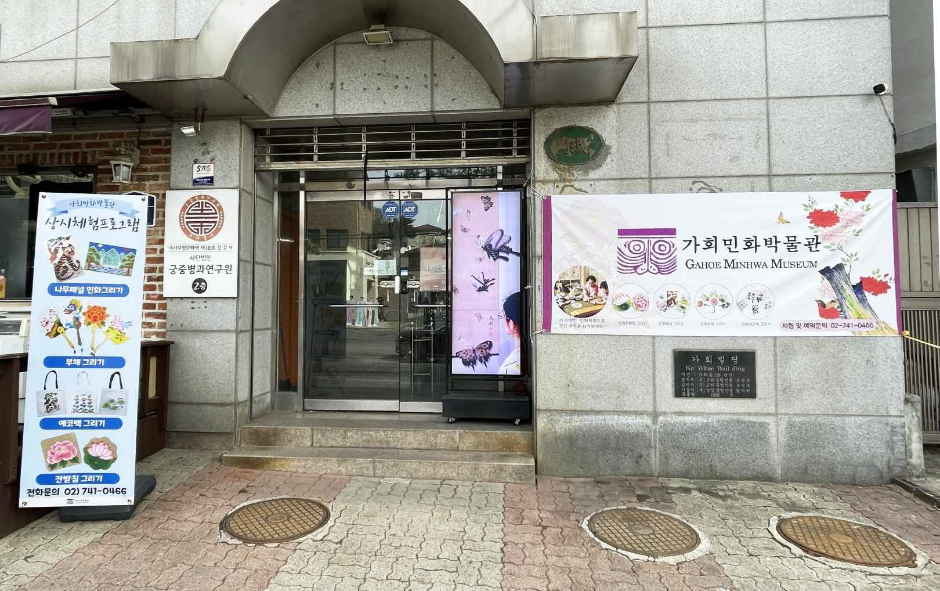
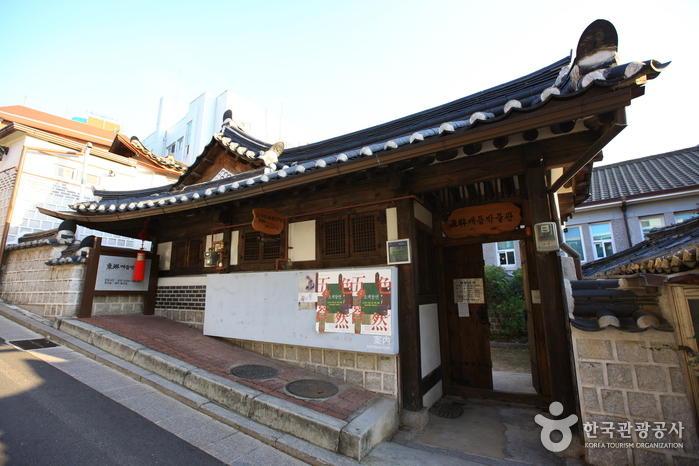
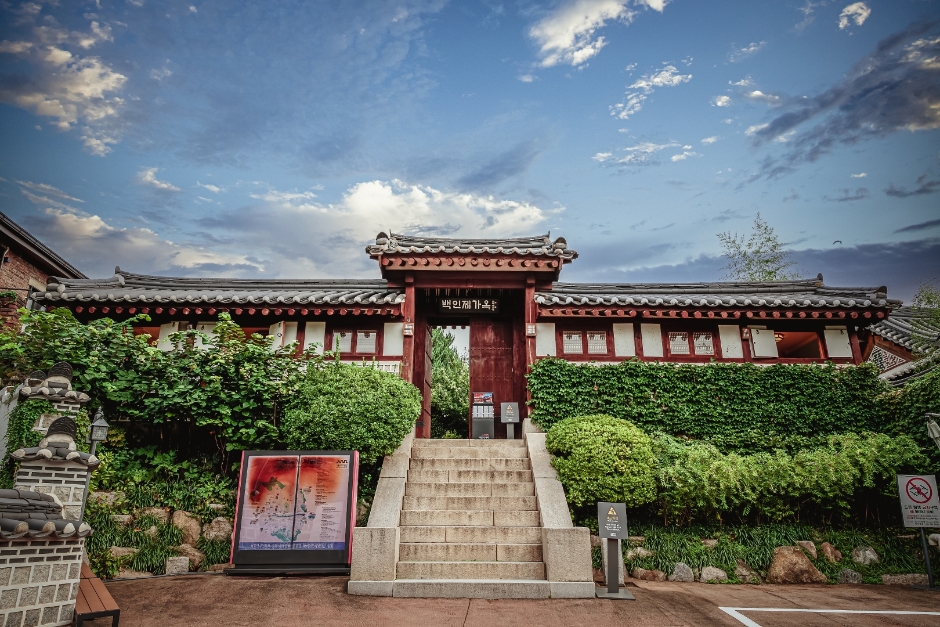
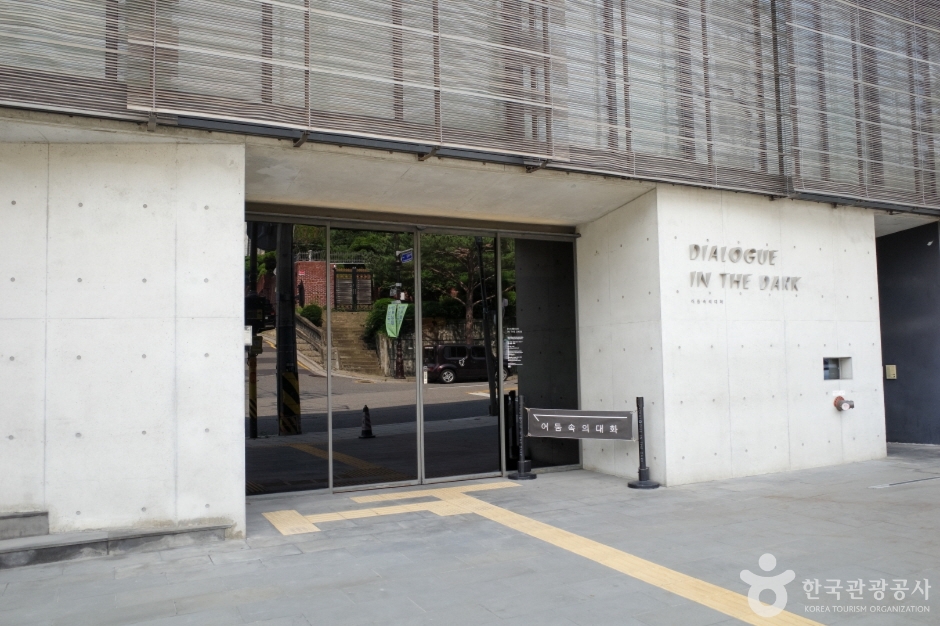
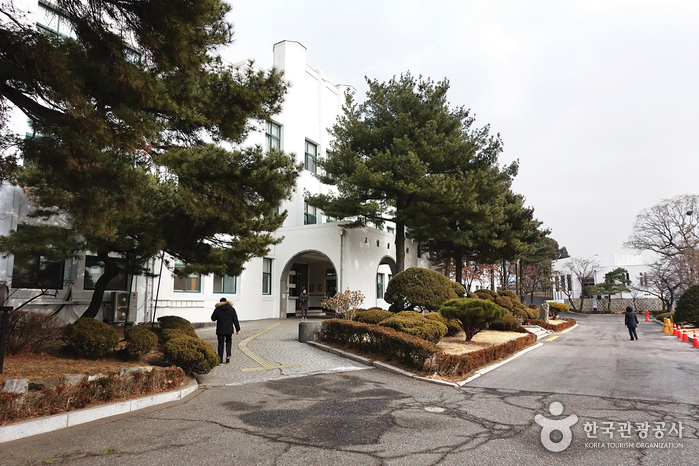
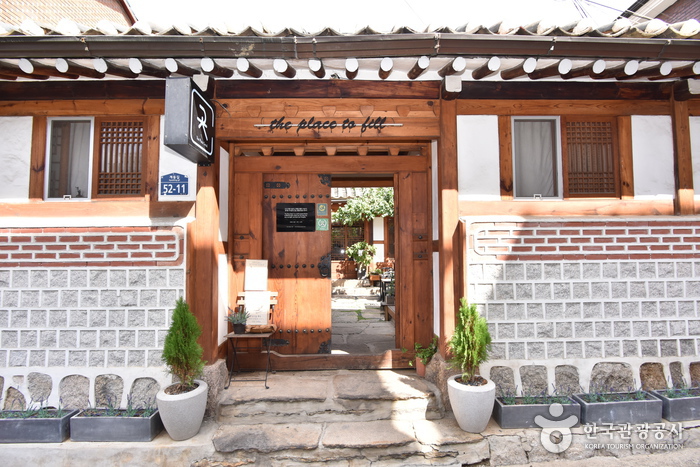
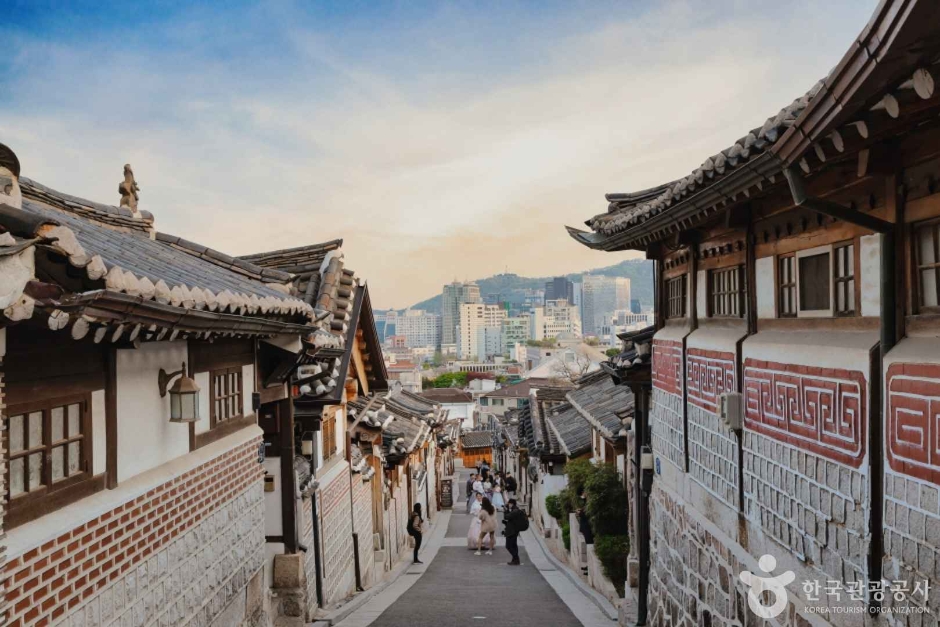
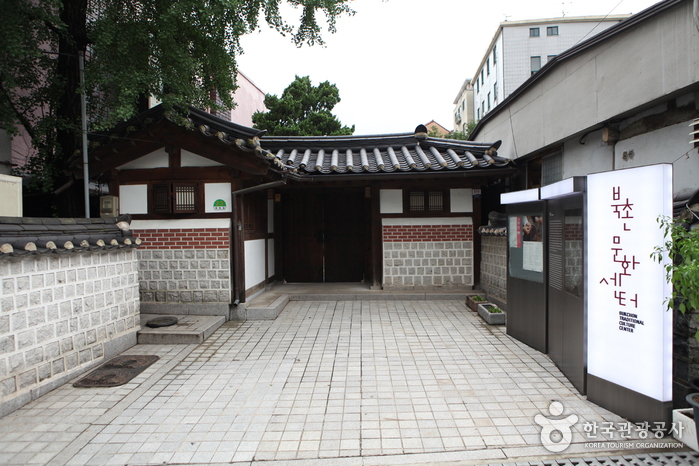
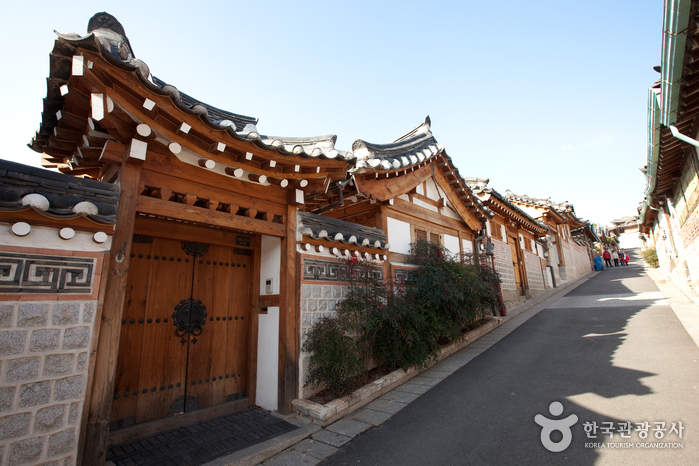
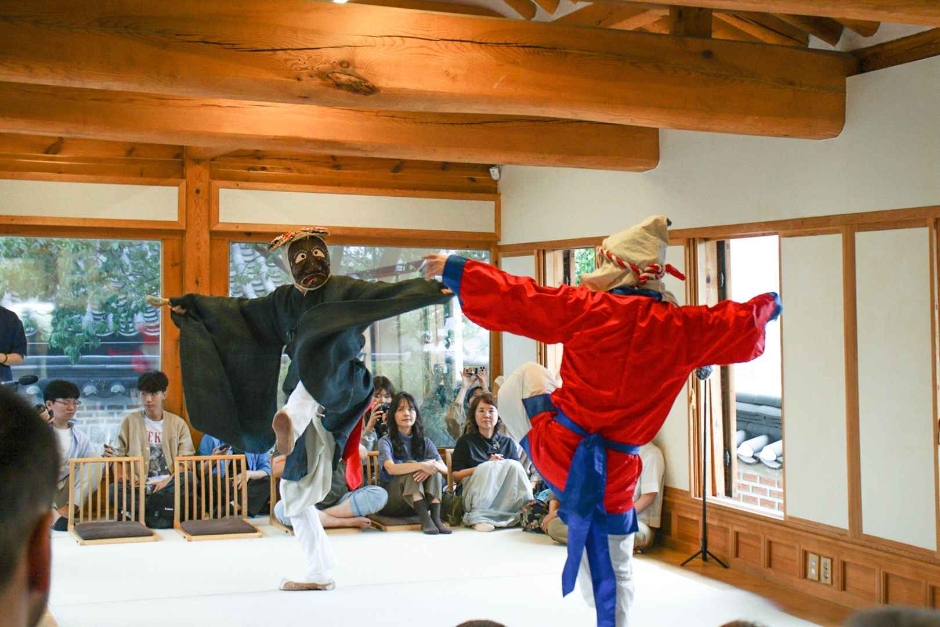
 Español
Español
 한국어
한국어 English
English 日本語
日本語 中文(简体)
中文(简体) Deutsch
Deutsch Français
Français Русский
Русский